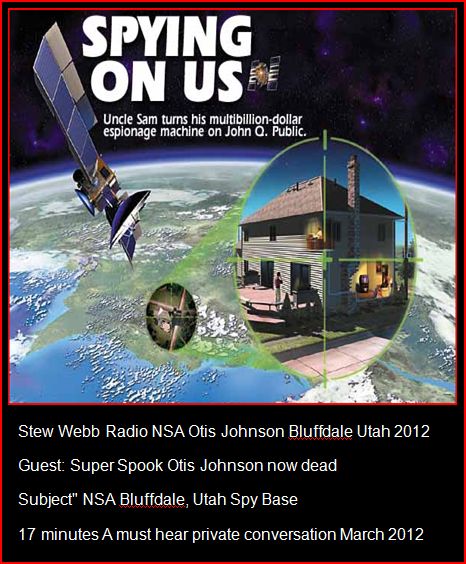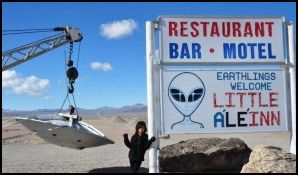NASA spacecraft gets extremely close to volcanic world, snaps footage
NASA spacecraft gets extremely close to volcanic world, snaps footage | Mashable
A tortured land teeming with lava.

A view of Jupiter’s volcanic moon Io captured in October 2023. Credit: NASA / SwRI / MSSS / Kevin M. Gill / CC by 3.0
NASA is getting closer.
The space agency’s distant Juno probe, orbiting Jupiter hundreds of millions of miles away, has been swooping progressively closer to the Jovian moon Io — the most volcanically active world in our solar system. Juno recently made its 55th journey around Jupiter, zipping just some 7,270 miles (11,700 kilometers) from Io’s surface, which in space-terms means almost skimming it (7,270 miles is over three times closer than some major U.S weather satellites).
NASA’s Juno spacecraft captured these images on Oct. 15 and beamed them back to Earth the next day. These views are processed (removing noise and distortion, etc.) by both professional and amateur image processors, some of whom work for NASA or related space research programs.
The following images are some of the clearest views of Io ever taken: You can see dark splotches (indicating lava flows), topography like volcanos rising from the moon’s surface, and what could be a volcanic plume blowing into space.
And the spacecraft will swoop even closer, making its closest pass by Io in December and again in January 2024.
“We’re marching closer and closer,” Scott Bolton, the Juno mission’s principal investigator, told Mashable earlier this year.
Io is blanketed in erupting volcanoes because it’s relentlessly locked in a tug-of-war between nearby objects. “Not only is the biggest planet in the solar system forever pulling at it gravitationally, but so are Io’s Galilean siblings — Europa and the biggest moon in the solar system, Ganymede,” NASA explained in a statement. “The result is that Io is continuously stretched and squeezed, actions linked to the creation of the lava seen erupting from its many volcanoes.”
- Webb telescope just made tantalizing find on ocean world Europa
- If a scary asteroid will actually strike Earth, here’s how you’ll know
- The best telescopes for gazing at stars, planets, and galaxies in 2023
- Saturn apparently has 145 moons. So eat it, Jupiter.
- NASA spacecraft flies right through sun explosion, captures footage







.jpg)









































